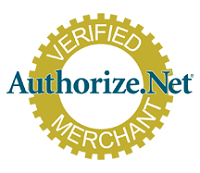What Businesses Fail to Do When Selecting a Payment Gateway
That’s right, the payment gateway is almost always an afterthought to the primary systems that a business is using or considering using, whether it be a point-of-sale (POS) system, e-commerce shopping cart or other applications. Often, business owners or managers spend all their time researching their primary solution and virtually no time understanding the features …
What Businesses Fail to Do When Selecting a Payment Gateway Read More »
